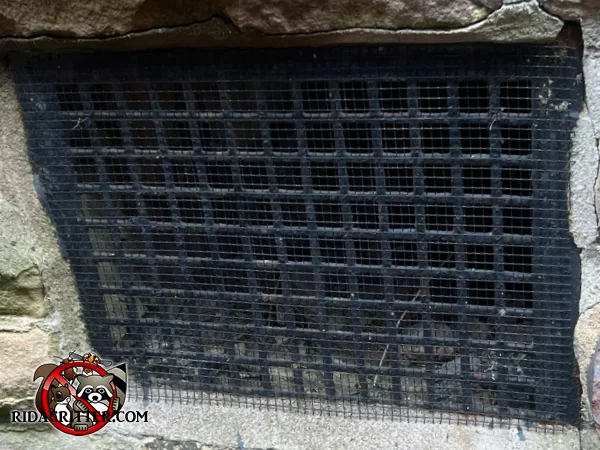
Atlanta
Animal Removal and Exclusion Services in Atlanta, Georgia
If you suspect unwanted wildlife is making your home theirs, acting quickly to prevent further damage to your property is essential. Rid-A-Critter provides comprehensive animal removal and exclusion services from the rooftop to ground level.
Signs You Need Wildlife Exclusion Services
You’ll rarely encounter wildlife running around in your kitchen or living areas. Animals usually seek out dark, quiet places that allow them to go undetected. If you think you have unwanted animals on your property, keep an eye out for signs such as:
- Rustling sounds coming from underneath your house or deck
- Animal noises, like scratching or squeaking, which escalate during dusk or at night
- Stains on your ceiling or floor, along with a strong odor
- Animal droppings around your yard or inside your home
- Toppled over garbage cans and trash strewn on the ground
- Gnaw marks on your walls and wiring and pieces of wood and drywall around your house

The Importance of Home Wildlife Control in Atlanta
Animal infestation on your property can be tricky, as you’ll need professionals to remove the wildlife safely and humanely. Responding swiftly when you discover wildlife in your home has several benefits, including:
- Safeguards your home and family from germs: When animals reside in your attic or basement, they can contaminate the area, making it unhealthy for you and your family.
- Upholds your home’s structural integrity: Animals biting, gnawing and scratching can compromise the structural integrity of your home.
- Prevents further damage to your roofs, ceilings, pipes or wires: When looking for food, larger animals like raccoons can tear through your roof, damage vents and pull up shingles. They can also cause damage to pipes and wires.
- Avoid the recurrence of wildlife infestation: Acting quickly by sealing gaps and holes can protect your home and prevent animals from entering the spaces again.
Why Choose Rid-A-Critter?
Rid-A-Critter is a full-service home animal exclusion company that employs humane methods to remove wildlife. We specialize in repairing damage to your property to restore it to its pre-contamination condition, giving you a complete solution. Our trained professionals are well-versed in handling various wildlife situations during the removal process. Here’s why we’re your company of choice for responsible animal exclusion services in Atlanta:
- Humane practices: Our processes remain eco-friendly, and we use humane animal removal methods. We’re a long-standing member of the National Wildlife Control Operators Association (NWCOA).
- Expertise: We have maintained an A+ rating with the Better Business Bureau (BBB) for nearly 20 years, which reflects our knowledge of animal behavior, stinging animals and preventive methods.
- Seamless payment: We offer easy three or four-month payment plans.
- Comprehensive solutions: We provide a complete service by humanely removing wildlife, repairing damages caused by the infestation and the control process and sealing gaps for prevention.
Rid-A-Critter Humane Animal Removal
We understand your concerns when wildlife invades your property and have thorough expertise in addressing the situation. Call us today at 770-685-7756 for more information. You can also contact us online through our online form or request your quote to get started.
Latest News from the Critter Twitter

Chad roof sealing to keep bat out of a Roswell Ga attic
On a bat exclusion job in Roswell, Ga today. It's a beautiful day, not too hot and breezy. This customer won't have to worry about bats in their attic anymore. Bats be gone! Call Ridacritter for your animal exclusion. Ridacritter has done many jobs bat jobs in and around the Roswell area.
Chad Wilkes

Time to remove contaminated insulation from a Marietta Ga attic that had bats
Early start to the day! Got to get started early on insulation removal jobs before the summer heat kicks in. Trucks are loaded and headed to Marietta to remove insulation heavily contaminated by bats. We will remove all the bat droppings and insulation which is the really tough part. Once it's all removed, we will install new insulation. The home has been sealed properly to keep bats and all animals out going forward.
Richard Adcock

Joshua applying metal critter guard in John’s Creek, Ga
Joshua is applying metal critter guard to block the entry of rodents going into this John's Creek, Ga home. When he's all done there will be no way for those pest animals to get back in. We eliminate all gaps, cracks, holes etc that animals like to use to gain access into a home. It's hard work but very satisfying once completed. Full home animal exclusions are our specialty.
Richard Adcock
